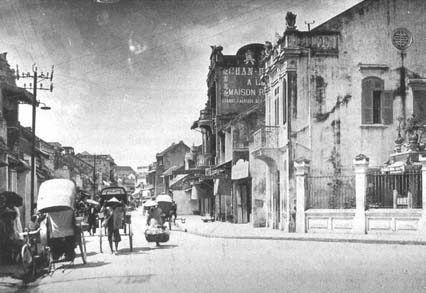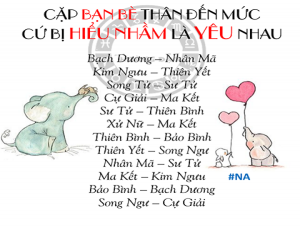Explore the Hang Bac Street
Ngày đăng: 14/12/2015 | Chuyên mục: Chưa phân loại | 1842 ViewsHang Bac is one is one of the 36 ancient streets in Ha Noi. It’s is known for the famous silver craft.
Hang Bac Street
A majority of the street names in the Old Quarter start with the word hang. Hang means merchandise or shop. The guild streets were named for their product, service or location. Hang Bac, one of the oldest streets in Vietnam, dates from at least the 13th century. Bac means silver, and appropriately, this street started as a silver ingot factory under the reign of Le Thanh Tong (1469-1497). Village people, called the “Trau Khe silver casters,” were brought into the capital to cast silver bars and coins. After a ceremony to transfer their craft from their village of Trau Khe to hanoi vietnam, they set up two temples to honor the founders of their craft. At one communal house, the silver was molten and poured into molds. At the other communal house, the molds were further processed for delivery to the Prime Minister. The crafters went to great lengths to keep their methods secret to avoid counterfeit products.

At the turn of the 18th century, the street took on more varied functions. In addition to the casting of silver ingots, the street attracted more jewelry makers and money exchangers. Money exchangers thrived, since in the old days, paper money was not used. Instead, currency consisted of bronze and zinc coins and silver ingots. When merchants needed a large amount of money for business transactions, they would exchange the heavy metal bars on Hang Bac. It’s near temple of literature, on Nguyen Thai Hoc Street. During the French time it was called “Exchange Street.” Although paper currency was later used, the word for it included the word bac.
Hang Bac also has jewelers of different types: engravers, smelters, polishers, and gold-leaf makers. The first jewelry makers were the Dong Cac guild, which settled during the Le dynasty (1428-1788). They founded a temple dedicated to three brothers who learned their art in China in the 6th century, and who are considered the patron saints of the Vietnamese jewelry making profession.

There are several famous buildings on this street. In the communal house on Hang Bac, there is a stone stele, built in 1783, telling about a Mandarin who forcibly took over the communal house. The locals took him to court and won back their building. The Dung Tho Temple is dedicated to Chu Bi, a Taoist deity. At the end of the French colonial period, this temple had been named Truong Ca, after a person who watched over the temple and served the best noodle soup. One building on this street is the pride of contemporary history-the Chuong Vang (Golden Bell) Theater, which still hosts traditional Vietnamese theater performances. The former traditional-venue theater, the To Nhu (Quang Lac) Theater built in the 1920s, also is on this street but has been transformed into apartments.
Read more: danang travel Guide: 82 real travel reviews, tips, and photos from real travelers and locals in Da Nang, Vietnam at VirtualTourist.
-
Nằm mơ thấy con dòi đánh con gì ?13985 views
-
Kiểu đầm suông đẹp cho cô nàng công sở5439 views
-
Sapa travel guide4247 views
-
Chú ý trong cách sắp đặt bàn trang điểm4015 views










